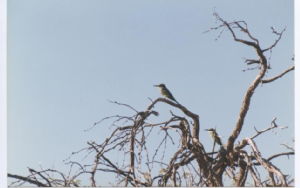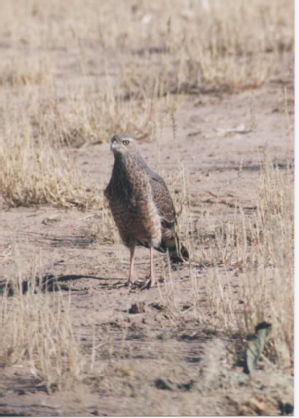All 3 entries tagged Photography
View all 748 entries tagged Photography on Warwick Blogs | View entries tagged Photography at Technorati | View all 18 images tagged Photography
November 14, 2005
Travel Report: Seville, watching the painters painting
Follow-up to Music Review: Aerial by Kate Bush from Transversality - Robert O'Toole
Watching the painters painting:
If you go to Seville, spend some time in the gardens of the Real Alcazar, a moorish palace complemented with a rich garden of fruit, marble and water:
The architecture of al Andalus:
Rich in gold and blue:
And I must mention the sausages:
And oranges growing everywhere:
October 11, 2005
Travel Report: Kgalagadi (Gemsbok) Transfrontier Park, SA/Botswana
Writing about web page http://www.sanparks.org/parks/kgalagadi/

The Kalahari Gemsbok Park in South Africa, which has now become the Kgalagadi Transfrontier Park with its merger with the Gemsbok Park in Botswana across the border, is my favourite of the southern African wildlife reserves. It combines four of my top priorities: full desert with dune fields, big game, raptors, and a diversity of small but fascinating mammals.
After a long drive from Botswana, including a stop in Hotazel (pronounced Hot-as-hell, which is exactly what it is), as we neared the park the dunes began: red, sweeping, burning dunes – not as large as those of Merzouga in the Sahara, but all the same quite sublime. If you have never been to a desert dune-field, imagine yourself at the seaside, but with no sea, no water, no civilisation anywhere to be seen.
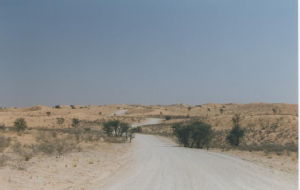 | 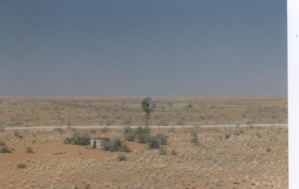 |
Dirt road through the dune fields. | A wind pump in the desolate Kalahari. |
But there is life. First of all, the tsama melon with its deep tap root accessing hidden water and swelling into a fruit:

These, and other such drought-defying flora, provides sustainance to an amazing variety of fauna, such as these dune-dwelling ostriches:

A food chain that even extends to the most powerful and hungry of predators:
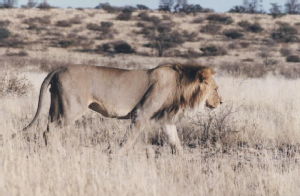 |  |
Our first drive out into the park gave us a dramatic view of these predator-prey interactions:
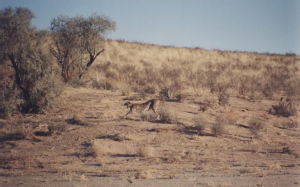 | 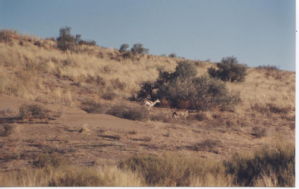 |
A hungry cheetah. | A meal wanders over the brow of a dune. |
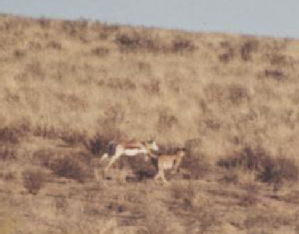 | 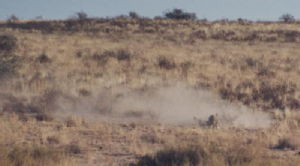 |
High speed chase between cheetah and springbok. | The springbok is tripped and the killer engages the prey. |
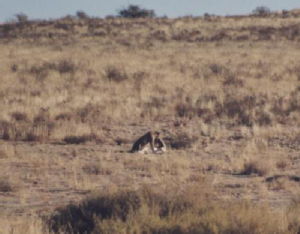 | 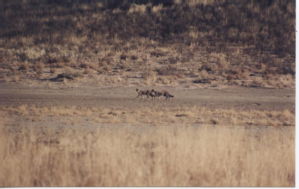 |
In an instant the springbok is converted into a meal. | Not cruelty but necessity, as the cheetah's young join its mother. |
But it's not all brutal drama in the sands. A wealth of smaller but equally beautiful creatures can be found, including some superb small carnivores:
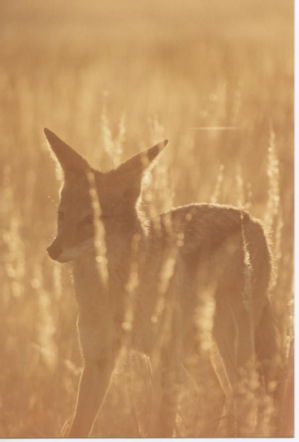 | 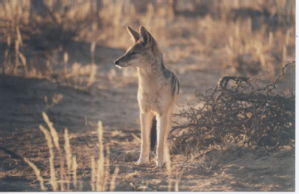 |
Side-striped jackal in the morning desert light. | Jackal portrait. |

A group of african wildcats, they actually behaved very much like domestic cats, and at one point walked under our Hilux.

The insectivorous bat-eared fox.
The birdlife is also surprisingly prolific:

A kori bustard.
We experienced many close-encounters with raptors:

Pale-chanting goshawk with a kill.
After several nights spent in the park, staying at the good National Parks huts at Nossob and Mata Mata, we left the desert with some great memories, not the least of which was of the gemsbok antelope after which the park is named, to be found deep in the dunes, looking quite majestic:
August 29, 2004
The artistic diagram and its relation to the statistical diagram
Follow-up to Van Gogh and painterly diagrams from Transversality - Robert O'Toole
Bar chart is an analogy of the world, a projection of relations of force onto another material. Photography is a chemical projection. The artisitic diagram is a projection through the lense of the artists hands into the material of canvas and paint.
Diagrams can sometimes mimic the world (photography), or seek to control it (mathematics). They can also have critical result (painting).
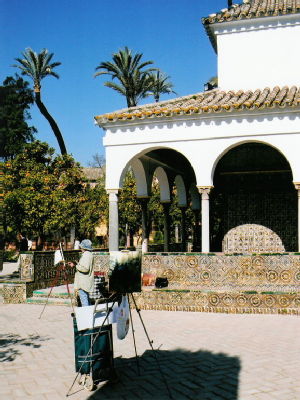
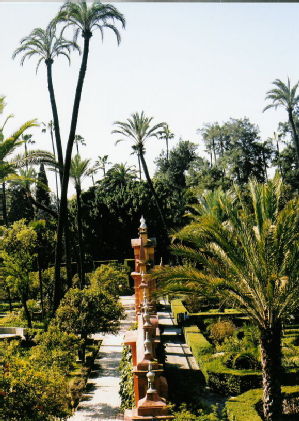
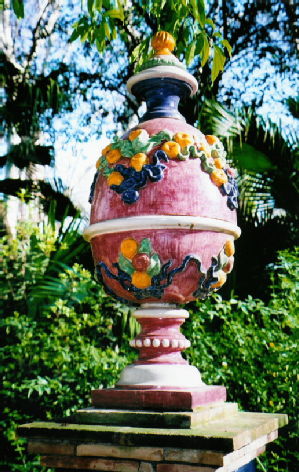
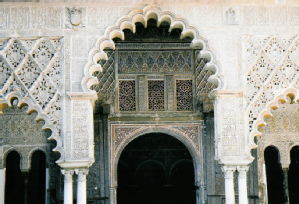
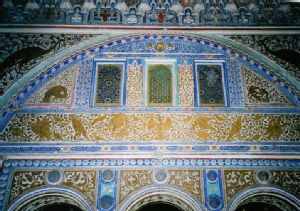
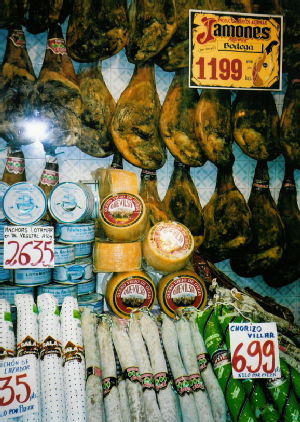
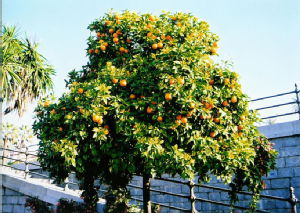
 Robert O'Toole
Robert O'Toole

 Please wait - comments are loading
Please wait - comments are loading
